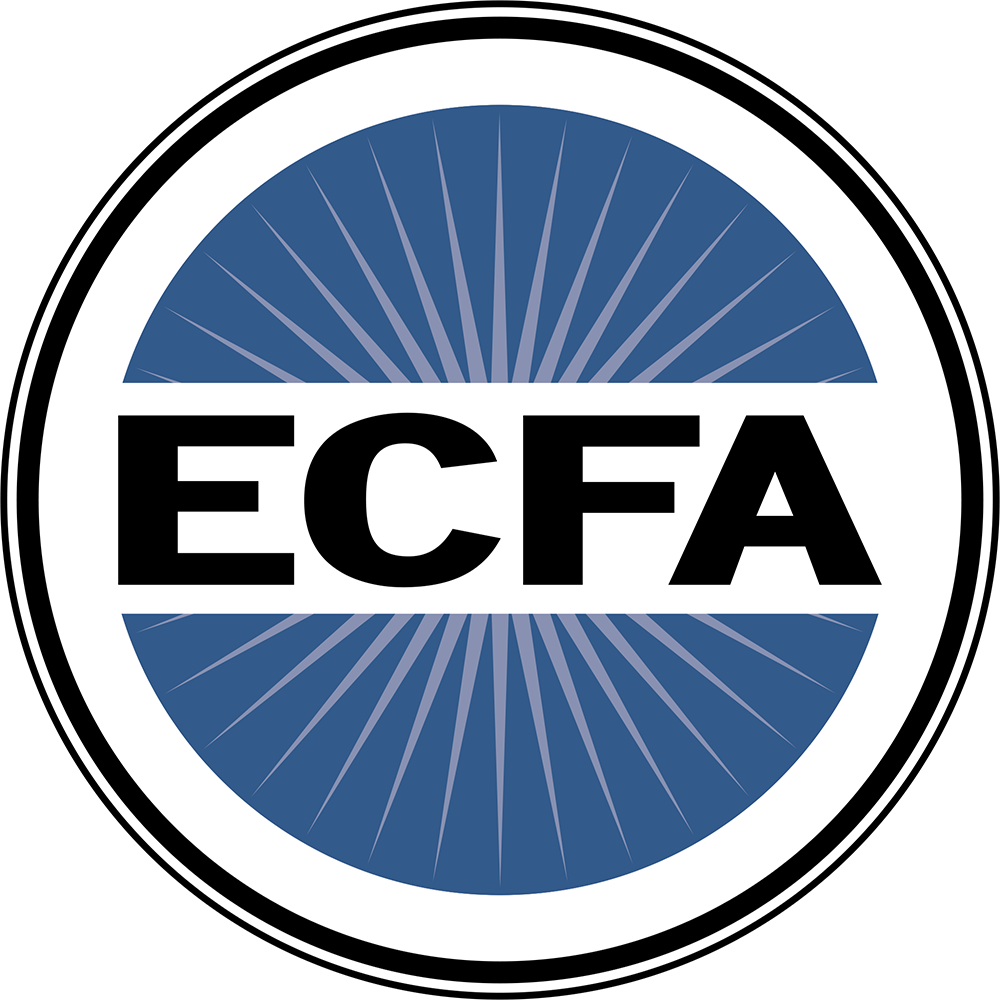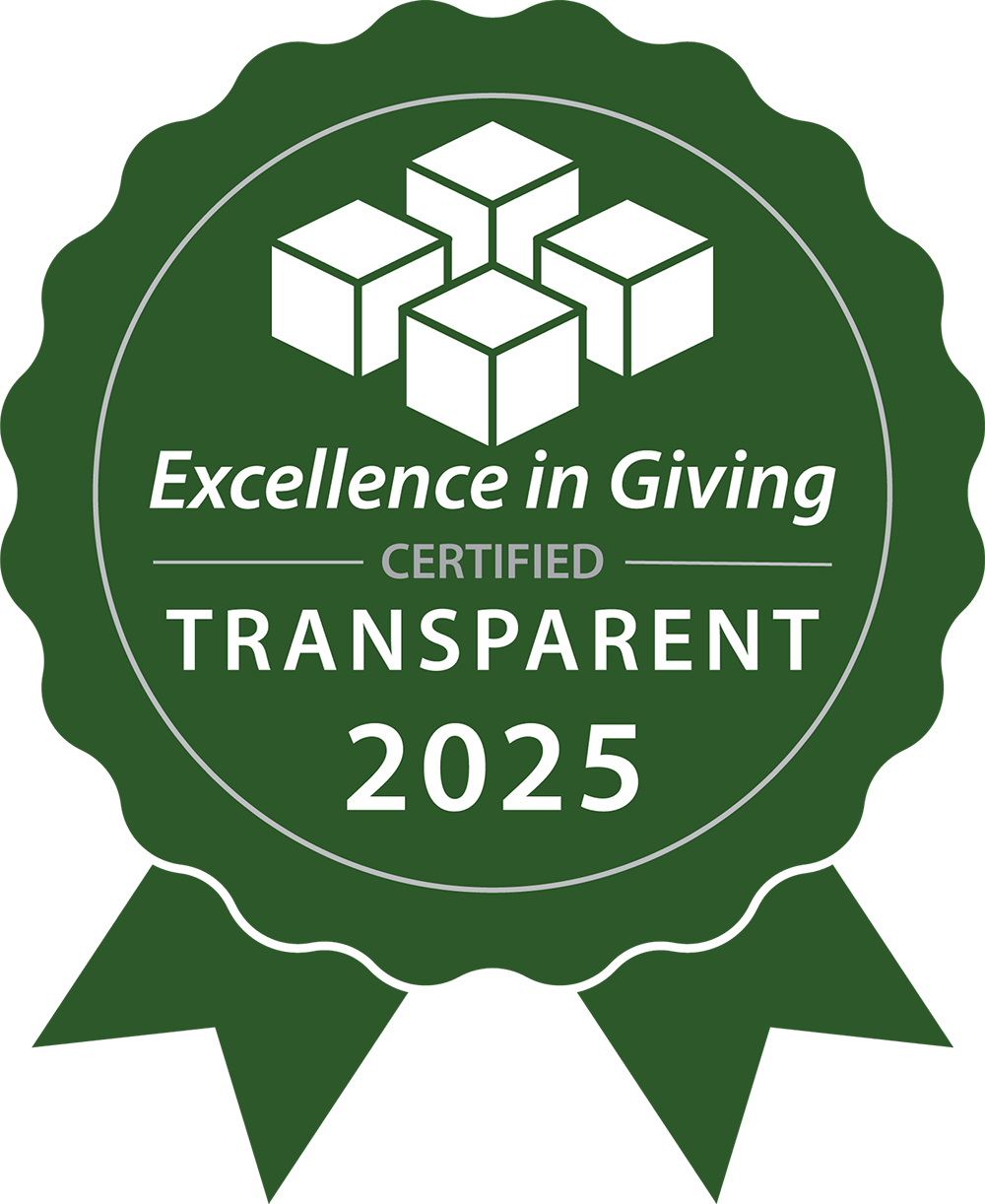In my previous two blog posts, I shared the tangible reasons that make Spoken Orality Coaching training sessions unlike any other workshop you’ve experienced. In this final article in the Unseminar series, I explain the intangibles, the kinetic and emotional reasons why our training sessions are so unique.
Memories etched in our minds…
We have all experienced certain events which are indelibly etched into our memories. Events which are the most firmly embedded are often multi-sensory. There may be an aroma, a presence, a felt emotion, a memorable image or even how words were said, which all combine to form a very strongly stored memory.
Some will say that these events are ‘burned’ into our memories. In the U.S., September 11, is one such example. Most of us remember instantly, where we were, what we had been doing and who we were with when we first heard the horrendous news about planes being flown into the World Trade Center towers in New York City. I apologize for dredging up these painful memories. It does, however, quickly demonstrate a point about learning and memory.
If we were to take the time with a group of people who all shared these memories, we could reconstruct an amazing amount of material with many exacting details, from this event, nearly 20 years past. How is it that some memories can be so strong while others seem to fade almost immediately?
The secret is HOW we learn…
It has to do with engagement in the moment. There is a lot of science backing these factors but allow me to demonstrate through a well-known image, the Learning Pyramid:
The Learning Pyramid was developed by the National Training Laboratory and it illustrates how different study methods and materials will improve your retention and recall of information, and enhance your learning experience. For example, most students only remember about 10% of what they read from textbooks, but retain nearly 90% of what they learn through teaching others.
Spoken’s Coaching Team uses ALL of the elements from the Learning Pyramid in our interactive, modeled training events, except for Lecture and Reading. Those elements are replaced with Interactive Storytelling and Guided Facilitation.
A huge advantage of our adapted Learning Pyramid approach is that participants become not only the Teachers for the days of the ‘Unseminar’ but also for weeks, months and even years ahead, when they will faithfully reproduce this training experience for others.A strength of creating mnemonics or memory tools, is that it makes it easier for the participants to become effective Trainers themselves, even capable of remembering the content of 3-5 days’ worth of training very accurately. We know this because it has been demonstrated through the assessments of each new generation of leaders that then go on to train other leaders. Just recently, I watched several videos taken by phone from a country in West Africa, in which each of the participants very accurately repeated a 40-point outline of the Old Testament Survey course. Their recitations included kinesthetic motions – or simply put, body movements – which helped to embed the memories. The result of this technique is ‘muscle memory’ which becomes truly beneficial when connected to specific words and phrases, as it is both physical and verbal.
Visual outlines for the win!
Other tools developed by the Orality Coaching Team include visuals, some of which are shared in a printed form while others are physically created in front of the group. These become teaching ‘outlines’ of the content being shared. These visual and physical outlines establish controls for ensuring that all relevant information is repeated in successive trainings. Below are two examples of elements used in interactive, modeled training events:
You will notice that this banner does have some words printed on it – this is the only instance in which we use written communication in our training sessions. When these are used, the words are printed in the local language. At times, there are some present who can recognize a few small words – if they do not, this offers an opportunity to see some words, which they HEAR repeatedly. They may begin to learn to recognize those markings as specific words. When that happens, it’s just a bonus as the primary use of this is for those who will ‘READ’ the image, not the words. We do not have time to walk you through all of the elements of this Visual Teaching Outline, but in our interactive Unseminars, a lot of time is given to examining this image, understanding its parts and applying those factors to the Transformation Process which uses Storytelling all along the way.
When one of the trained leaders goes to train others, this banner as well as the physical image constructed below, become very valuable tools in creating and accurately recreating large amounts of spoken content.
Through the use of such strong visual elements, which are experienced together in the initial training, local leaders are able to train other leaders in their own languages with incredible faithfulness to the content. The empowerment which results from being able to teach in this way is astounding!
The final element which makes this training model so effective is the promise from God that His Word, His stories, will not go out and return empty, without accomplishing the purpose for which He sends them. For that, we are eternally grateful!
~ Dr. Ray Neu, The Story Doctor
The Story Doctor & Director of Orality Coaching, Spoken Worldwide
Want to learn more about Spoken’s Orality Coaching Program?
Contact Dr. Ray Neu directly at [email protected]
Help Spoken Worldwide deliver Truth…where written words can’t go, with your contribution.
How You Can Pray:
Please pray that Spoken Worldwide is able to continue holding trainings that help local leaders communicate Truth in a way that is most relevant to those attending.
Interested in joining the Spoken Worldwide team? Check out our Employment Opportunities.



